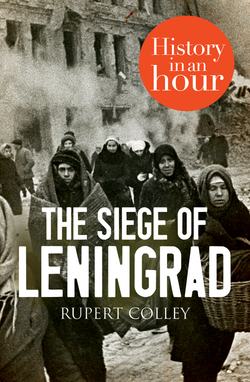Читать книгу The Siege of Leningrad: History in an Hour - Rupert Colley - Страница 5
ОглавлениеIntroduction
The Führer has decided to wipe the city of Petersburg from the face of the earth. After the defeat of Soviet Russia there is no interest in the further existence of this large inhabited area.
Adolf Hitler
With these words, issued on 22 September 1941, Adolf Hitler effectively sealed Leningrad’s fate. Preferring to call the city by its pre-revolutionary name, St Petersburg, he declared, ‘We have no interest in saving the lives of the civilian population’. Over the next twenty-nine months, German forces encircled the city and subjected it to a devastating siege. The number of deaths in Leningrad exceeded those who died from the atomic bombs at Hiroshima and Nagasaki combined, and constitutes the largest death toll ever recorded in a single city.
For almost nine hundred days, the city resisted the Germans pounding at its gates. Its survival contributed to the defeat of Nazism. But the price was heavy – over one million died in Leningrad from German bombs and artillery, or from disease, the cold or starvation. In its suffering Leningrad became a source of symbolic national pride, of good conquering evil. The story of the siege is one of heroic resistance and stoical survival but it also one of unimaginable suffering and extreme deprivation.
This, in an hour, is the Siege of Leningrad.
